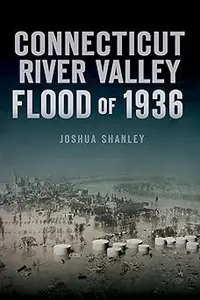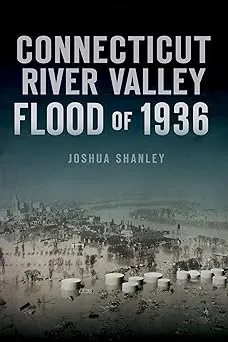Joshua Shanley, "Connecticut River Valley Flood of 1936 "
English | ISBN: 1467145777 | 2021 | 176 pages | AZW3 | 8 MB
English | ISBN: 1467145777 | 2021 | 176 pages | AZW3 | 8 MB
In the beginning of the twentieth century, the Connecticut River Valley was a thriving manufacturing hub for fabric, arms and brass. But early in the spring of 1936, nearly two feet of rain created havoc on a massive scale, killing more than one hundred people and leaving tens of thousands homeless, unemployed and without power for weeks. Patrols were conducted in rowboats on city streets. Typhoid and other public health issues complicated recovery efforts. Adjusted for today's standard, damage estimates exceeded $9 billion, and the flood helped launch FDR's Flood Control Act of 1936. Dams, reservoirs and dikes were constructed to control future flooding. Much of that system now remains in place but has gone largely unmaintained. Author Josh Shanley recounts the greatest flood in New England history and examines the potential for future floods.
Read more



